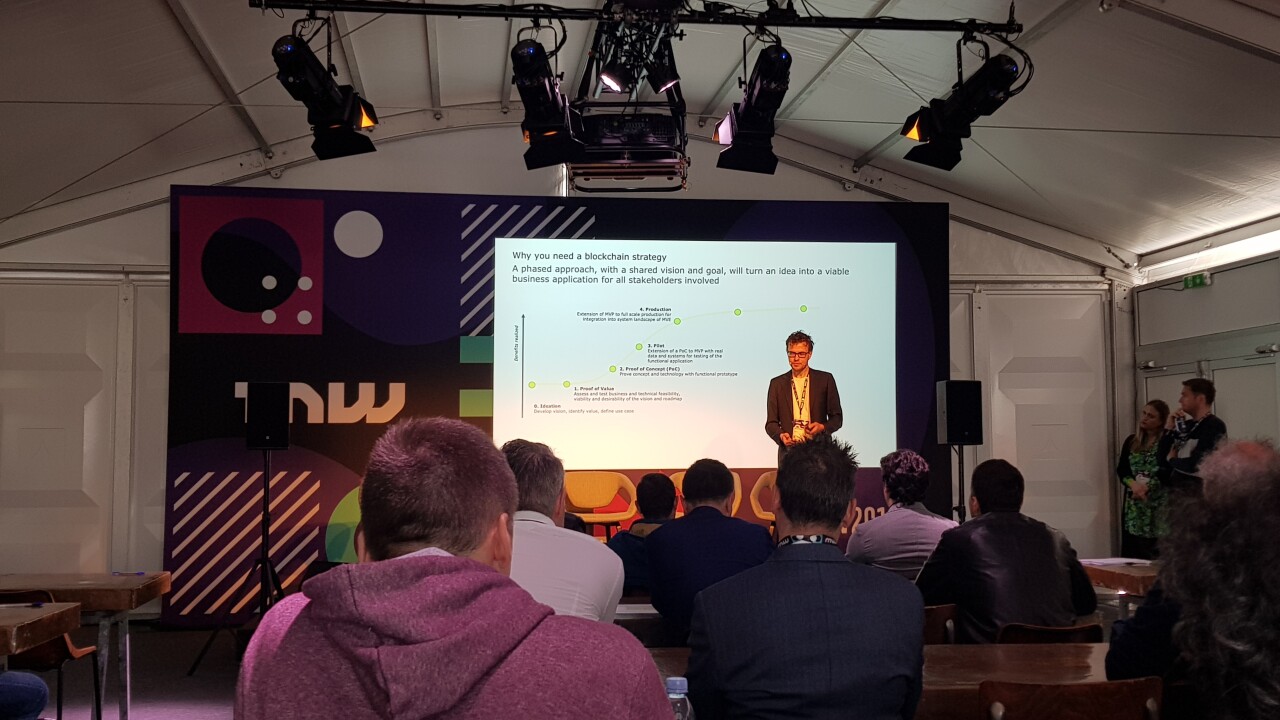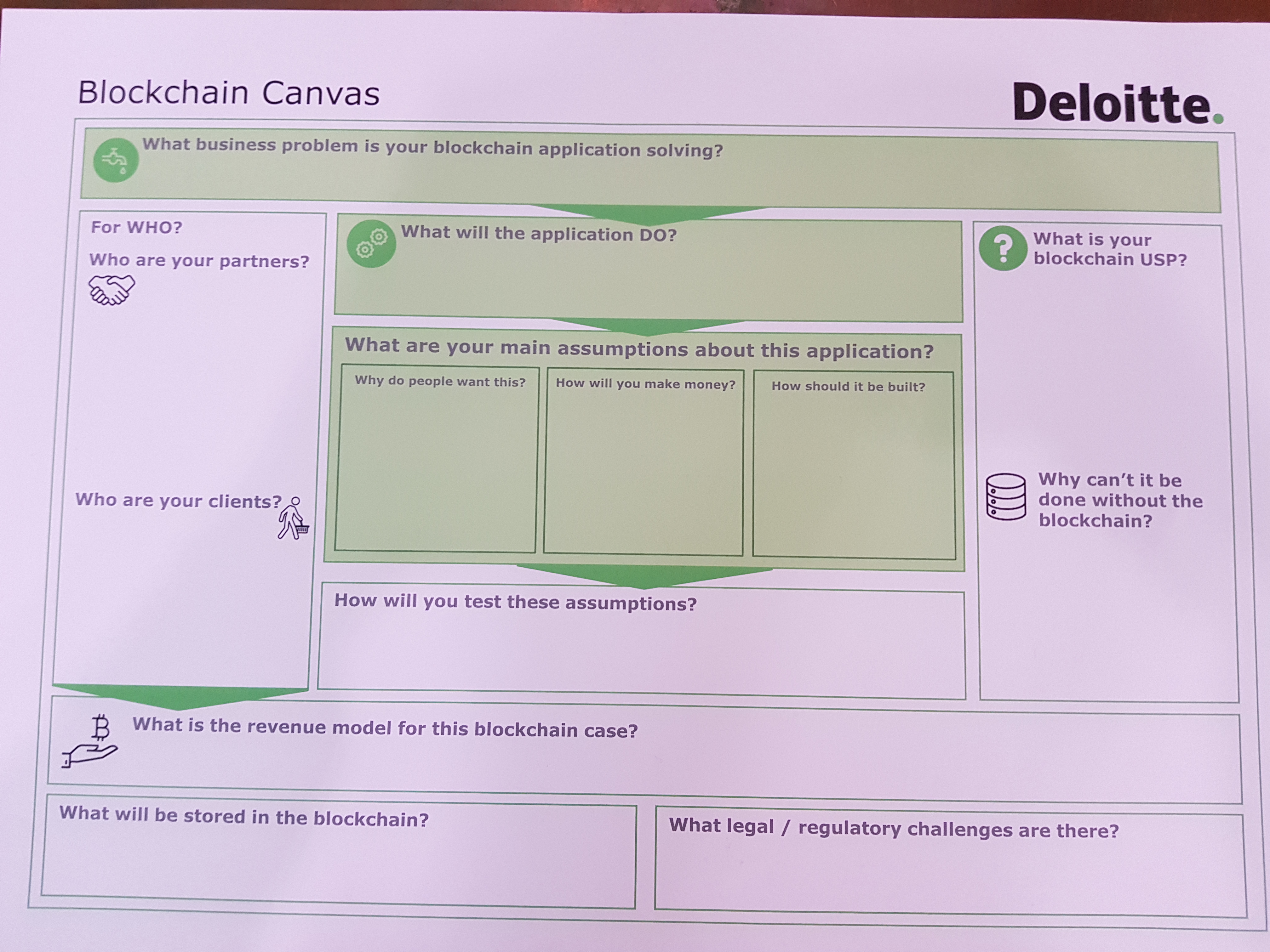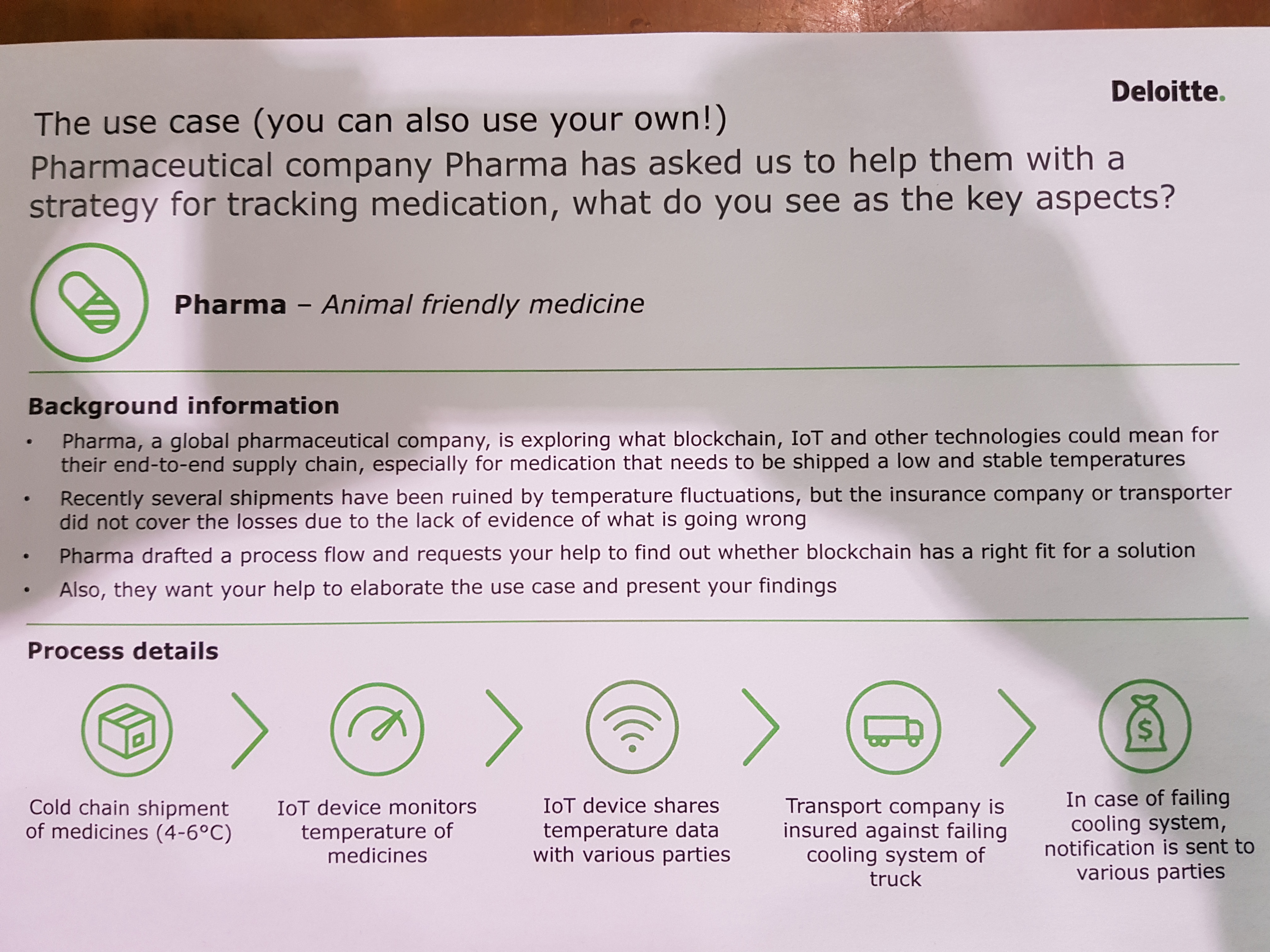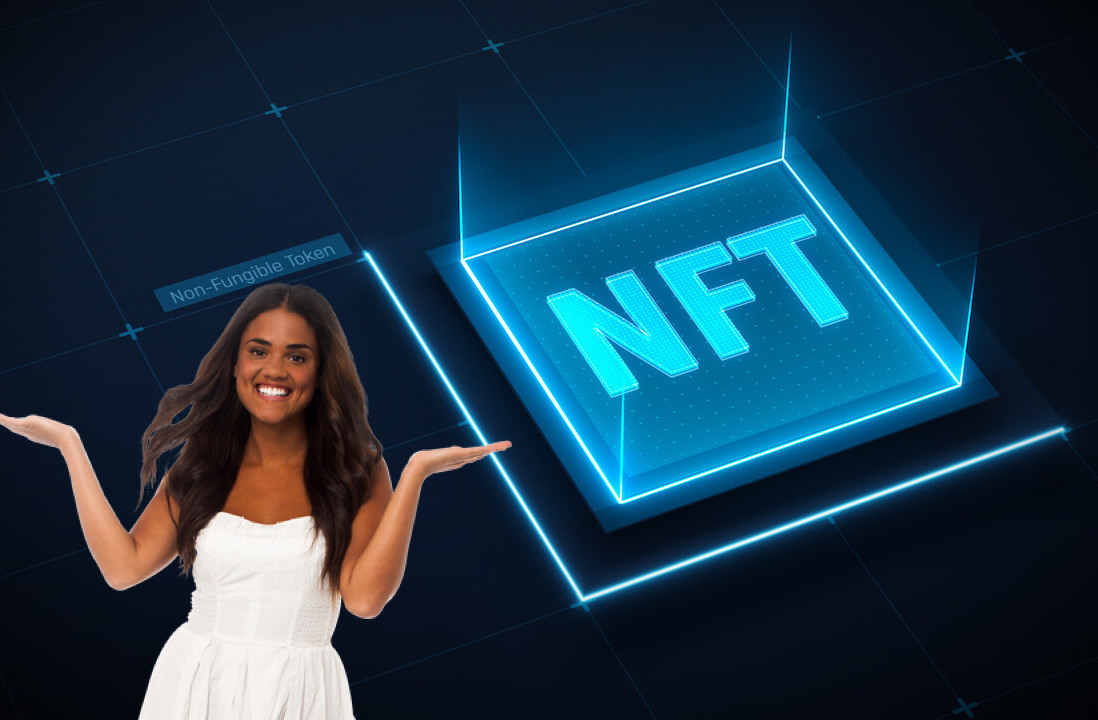
Today at TNW2019 in Amsterdam, consulting giant Deloitte shared some tips on how to use blockchain to streamline your business operations – and find suitable use cases for the fledgling technology.
In a workshop titled “Beyond tech: blockchain strategy for complex environments,” Deloitte’s in-house blockchain team walked participants through the process of coming up with viable distributed ledger use cases.
Among other things, Deloitte noted that blockchain is particularly well-suited for financial applications, supply chain logs, and real estate records due to its transparency features, which make it possible for multiple parties to have access to all date shared. “Nobody can manipulate blockchain records because everyone in the network is verifying them,” said Jacob Boersma, blockchain expert at Deloitte.

While the company’s reps touted blockchain for its immutability, security, and transparency features, they were quick to note it comes with some downsides too.
“The security is good, but making blockchains efficient is difficult due to the technology’s distributed nature,” Boersma said. “The real challenge is how to get the efficiency up in this quite new – and often misunderstood – technology.”
As part of the workshop, Deloitte shared the seven-step ideation process its blockchain team follows when developing use cases. Here’s how it goes:
- Ideation: Develop vision, identify value, define use case
- Proof of Value: Asses and test business and technical feasibility, viability, and desirability of the vision and roadmap
- Proof of Concept (PoC): Prove concept and technology with a functional prototype
- Pilot: Extension of a PoC to minimum viable product (MVP) with real data and systems for testing of the functional applications
- Production: Extension of MVP to full scale production integration into system landscape of minimum viable experience (MVE)
- Ecosystem extension: Connect to additional value chain parties beyond the MVE
- Interconnectivity: Connect to additional blockchains
After presenting its ideation process, Deloitte challenged attendees to form groups and come up with their own distributed ledger use cases.

One group proposed a use cases that involved releasing certificates on the blockchain to ensure the quality of steel across the supply chain; the idea was to mark steel with QR codes, that can then be scanned and checked for authenticity on the blockchain.
Other use cases revolved around ensuring authenticity in pharmaceutics and using blockchain to store encrypted login credentials online – sort of like a decentralized 1Password alternative.
There’s plenty more where that came from. Check out the official schedule to discover the keynotes you don’t want to miss, and watch them on our livestreams.
Get the TNW newsletter
Get the most important tech news in your inbox each week.





